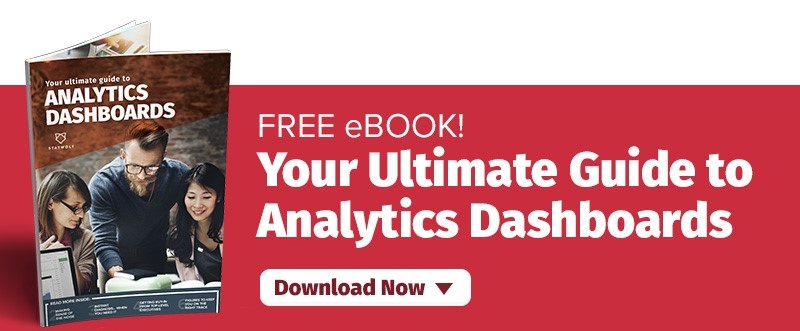How to turn your marketing data into a rich seam of usable information to give great results
Anyone who works in marketing can relate to a statement made by Forbes last year: “Organisations are drowning in data but starving for information.” A recent survey revealed that a third of all marketers are spending over half of their time managing and resourcing data for their clients.
The amount of data being created isn’t going to get smaller anytime soon either. In 1997, global internet traffic was 100GB per hour. By 2018 that same traffic will be 50,000GB per second.
That’s 1.8 million times more traffic and data. Another curious thing about the data is that 90 percent of it is ‘unstructured’. This takes the form of tweets, photos, customer purchase history and customer service call logs.
With such a huge amount of data, it’s no wonder that a recent survey showed that CMOs think that spending on marketing analytics is set to increase by 376 percent in the next three years.
What should you be looking at?
Anyone working in digital marketing will know that extracting insights from their data is key. But many marketers are baffled as to how to carry it out. Should they concentrate on data from one source such as Google Analytics, Facebook, Twitter, LinkedIn or Instagram, or will a mix of all the above provide the optimum result?
That’s where a combined digital marketing dashboard for analytics comes in. It allows you to collate data from all your marketing sources into one dashboard – presenting you and your management team with the insights you’ll need to move your business forward.
A McKinsey report carried the example of a home-appliance company. This company spent the majority of its considerable marketing spend on print, television and display advertising to get consumers to consider their products.
But with the use of marketing analytics – where the consumer decision journey was forensically examined – it was found that most people looking for home appliances browsed retailers’ websites and fewer than nine percent visited the manufacturer’s own site.
When the company shifted spending away from general advertising to distributor website content, it gained 21 percent in e-commerce sales.
The Mariott approach
The Mariott hotel chain used marketing analytics (focusing on customer spend, preferences and frequency) to rearrange many of their rooms to better cater to either business or leisure travellers; provide more bathroom storage for rooms popular with travelling families; and provide a greater range of in-room facilities such as kitchenettes where guests would appreciate them.
According to Forbes, “the chain even went as far as putting analytics in the hands of the frontline hotel staff, who were armed with dashboards on their smartphones enabling them to anticipate what a particular guest might expect or desire from their stay, in terms of restaurant meals, concierge services or excursions to local places of interest. Housekeeping staff receive real-time updates on whether customers in a particular room require an extra pillow or are likely to call room service for a sandwich and a coffee at 2am.”
Mariott uses analytics not just in marketing but also across the hotel chain’s operations. Unstructured and semi-structured datasets such as weather reports and local event schedules are used to forecast demand and to determine a value for each individual room throughout the year.
This enables the chain to set prices with optimum efficiency – vital in an age where customers are used to saving money by scanning price comparison services for the best deals.
Your next step
According to the Harvard Business Review, companies “should consider hiring analytics translators to bridge the gaps. These are people who have enough knowledge across at least two functional areas so they can communicate effectively between them both. Analytics consultant, for example, is a role that is specifically tasked to help bridge the gap between analytics professionals and business decision makers.”
But while that may work for some global businesses, the simple reality for most small businesses is that hiring an extra employee for this task alone is something of a pipe dream – and there is an easier solution at hand.
A combined digital marketing dashboard allows you and your marketing team to measure, analyse and predict your marketing efforts in real-time.
Around 150 years ago, an American department store owner John Wanamaker famously said that “half the money I spend on advertising is wasted; the trouble is I don't know which half”. That was the way with traditional marketing. Digital advertising was meant to solve Wanamaker’s problem. But it didn’t really.
Instead all it did was generate reams and reams of data that marketers would have to spend all their time chasing, collating and interpreting. That’s why we started Statwolf.
By combining your data from Google Analytics, Facebook or Twitter with the invaluable data you already possess (in the form of market research or data from your customer relationship management software), you get a thorough picture of how your marketing efforts are going.
You can assess what is working and what isn’t and allocate resources to the areas of your business that are performing the best.
With more and more data available (and becoming increasingly integral to every business), this efficiency and ease of use could save serious time and money in the long run.
Interested in a combined analytics dashboard that can make your job easier?
If you want to see what a combined marketing analytics dashboard can do for you, get in touch with the Statwolf team. Feel free to check out our solutions for digital marketers too.



